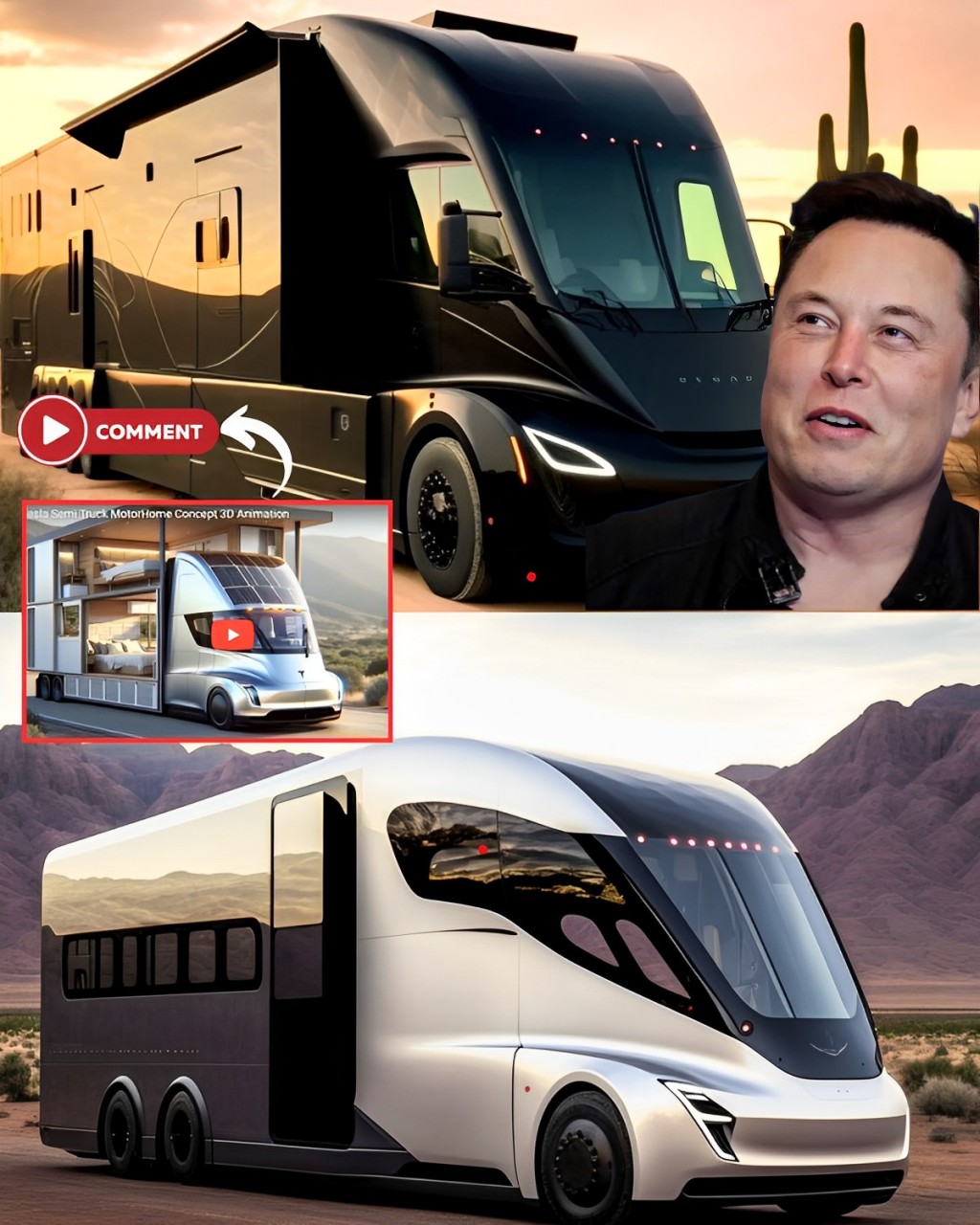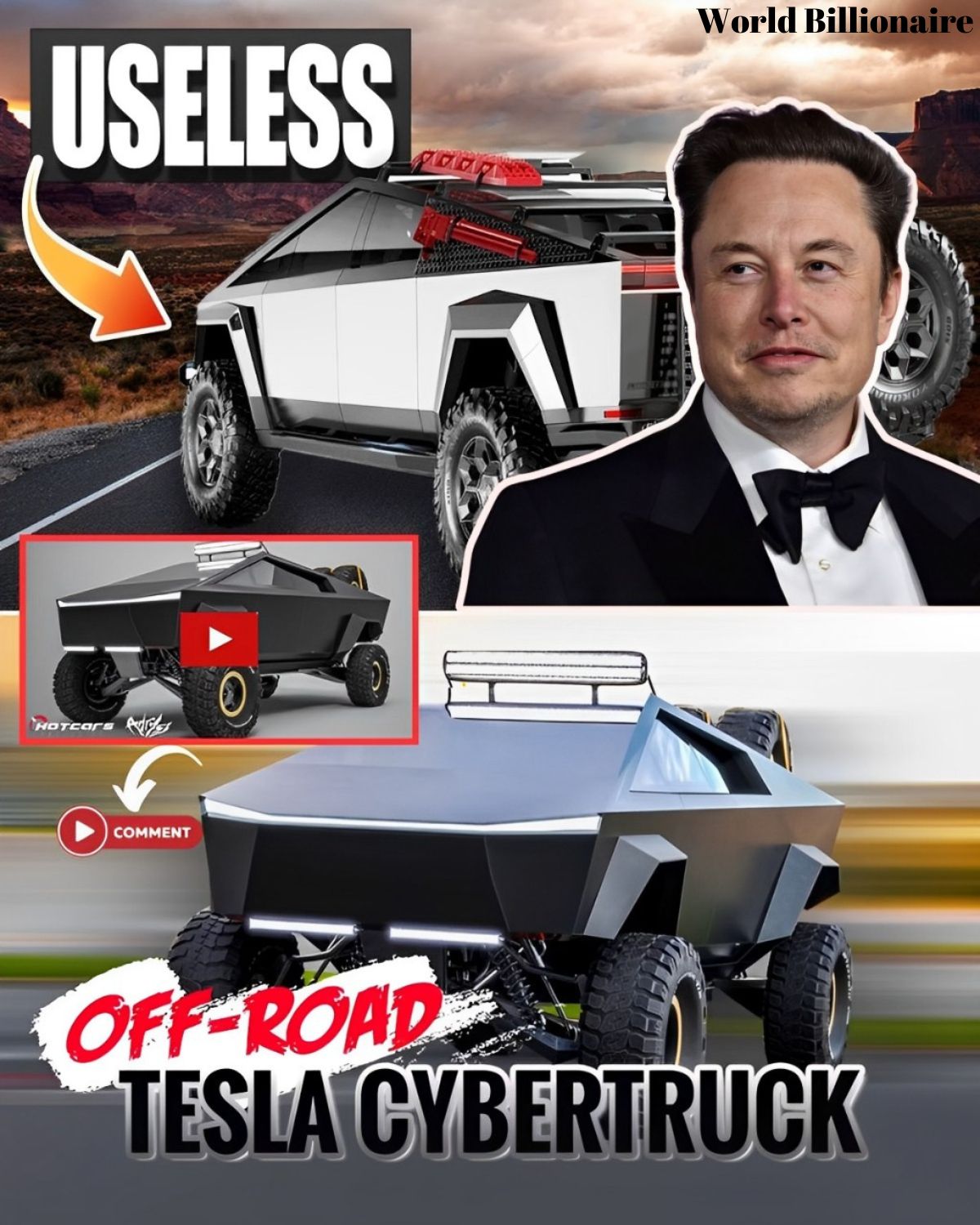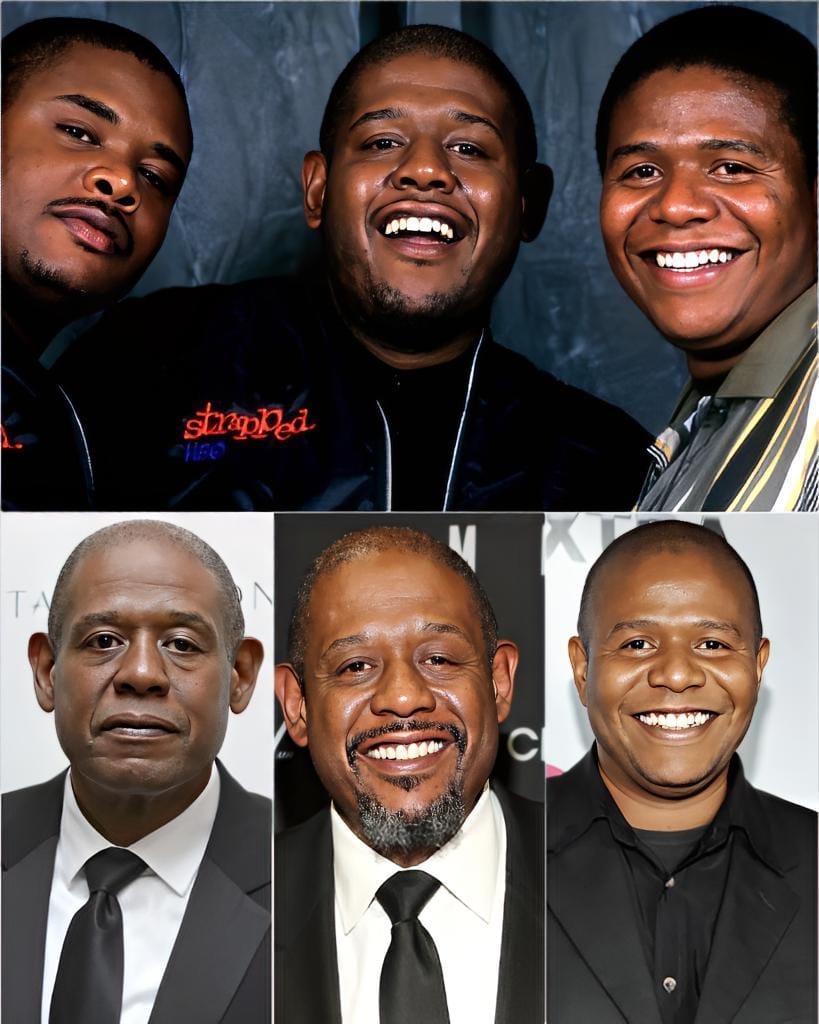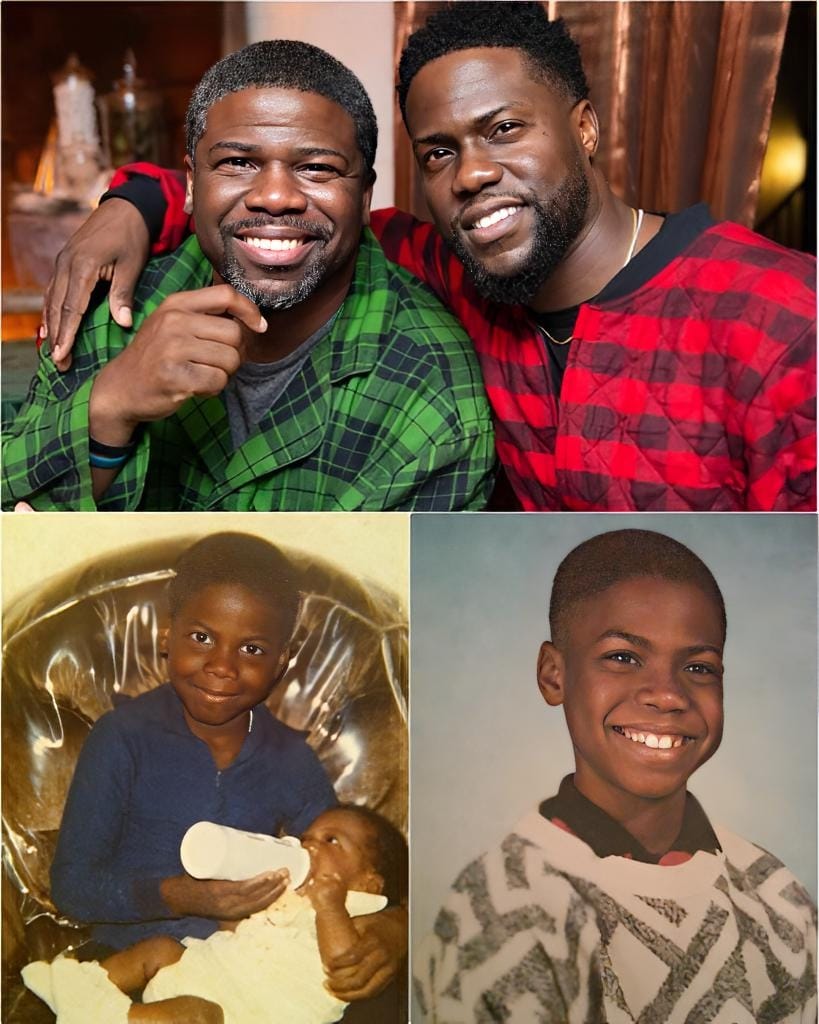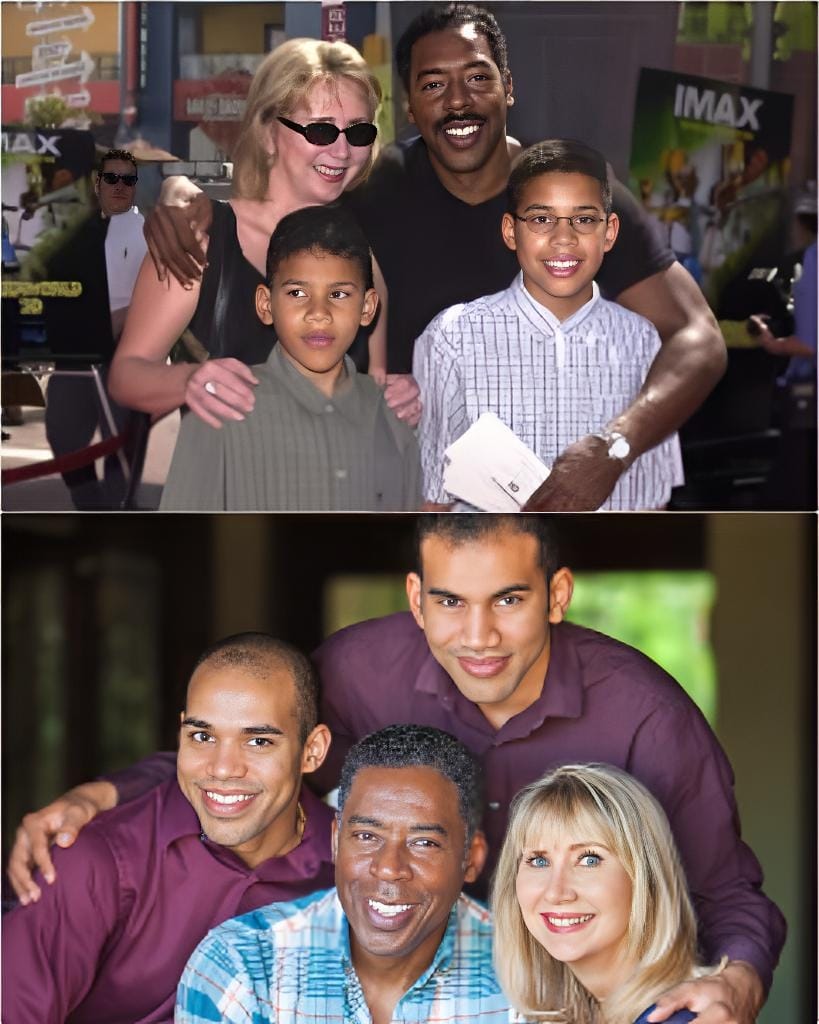Tesla’s expansion with self-driving taxis is expected to face many difficulties and fierce competition from rivals who have gone before in the market.
After many missed appointments, Tesla’s “We, Robot” event took place in the US on October 11 at Warner Bros Studios.
Like Hollywood studios, Tesla and Elon Musk love to talk about promising futures for humanity.

Specifically, the billionaire’s vision, to the delight of enthusiastic fans in the auditorium, is a self-driving Cybercab so cheap it could serve as “personalized public transport.”
Exaggerated and unrealistic
Despite the promising outlook, The Economist considers Mr Musk’s promises to be mere hyperbole and unrealistic.
According to the billionaire, the Cybercab – a vehicle designed like a miniature version of the Cybertruck pickup truck but without gas pedals or a steering wheel, will be sold “before 2027”.
The Tesla Cybercab is designed like a miniature version of the Cybertruck pickup truck but without the accelerator pedal or steering wheel. Photo: Tesla.
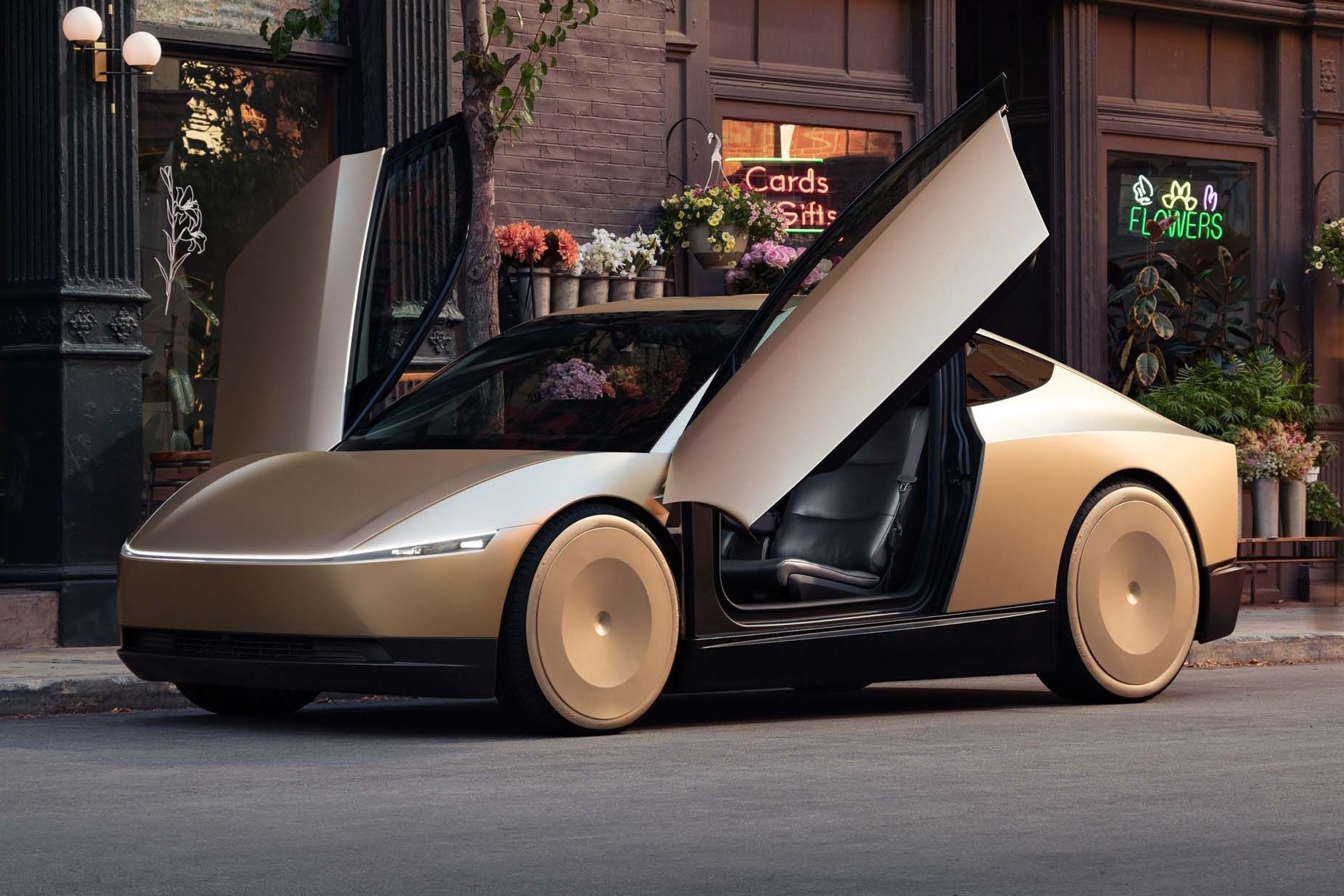
The Tesla Cybercab is designed like a miniature version of the Cybertruck pickup truck but without the accelerator pedal or steering wheel. Photo: Tesla.
However, the milestones that Elon Musk has set are often unrealistic, such as his promise to have a fleet of 1 million robot taxis by 2020.
Even if it achieves this goal, the road to self-driving taxis is still a long one, and Tesla will face stiff competition along the way.
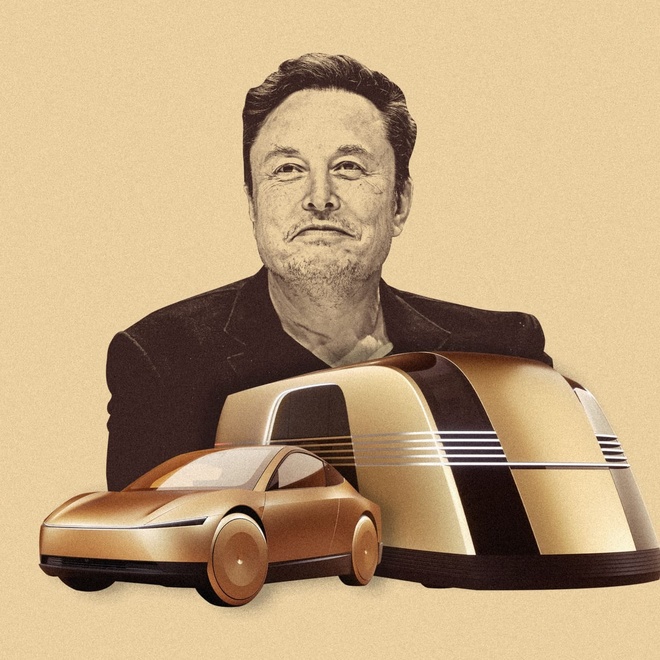
In recent years, robot taxi services have appeared in more and more cities across the United States.
Waymo, the self-driving car service provider of Alphabet, is the leading name in this field.
After 15 years and nearly $30 billion in investment, Google’s self-driving car company now has a fleet of 700 self-driving taxis operating in Los Angeles, San Francisco and Phoenix, and will soon launch in Atlanta and Austin.
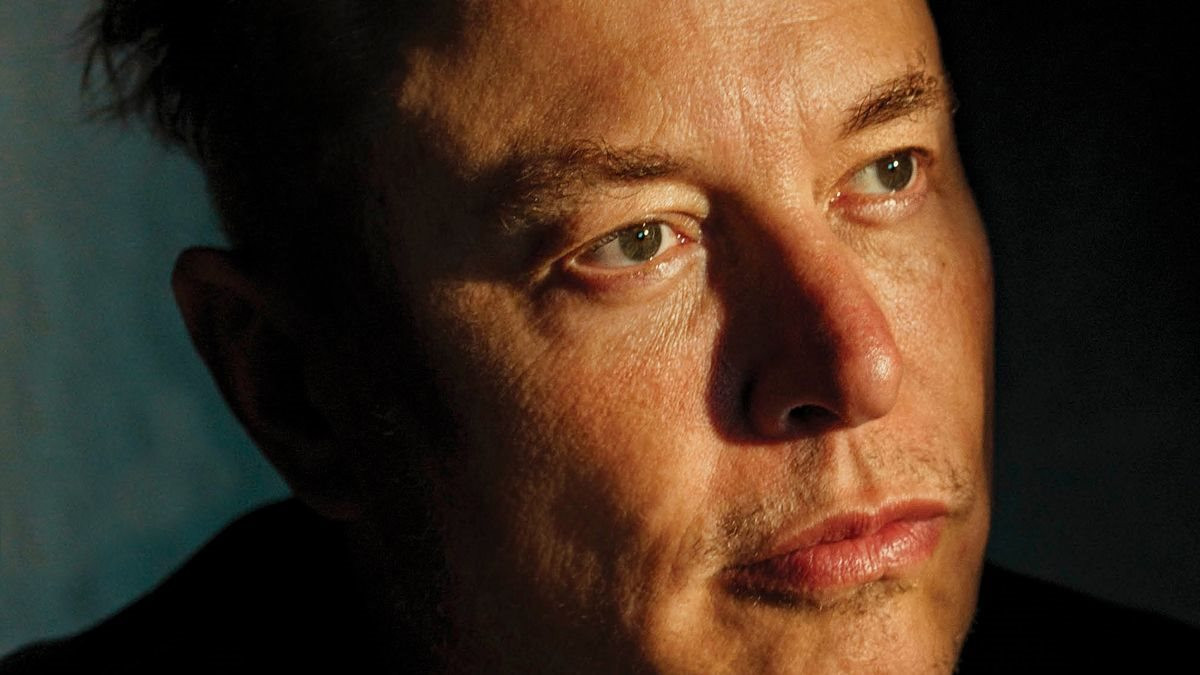
Further along is Cruise, whose largest investor is General Motors. The company also operates in Phoenix and is continuing testing in San Francisco after being halted by regulators following a crash last year.
Zoox, with Amazon’s contribution to driverless travel, is testing vehicles in five locations including Las Vegas and Miami.
China, one of Tesla’s key markets, is also becoming a hot spot for autonomous vehicles.
Apollo Go, the robotaxi unit of Chinese tech giant Baidu, is set to launch its service in Wuhan in 2022.
Since then, the company has expanded to 10 other cities in China and aims to double its fleet in Wuhan to 1,000 robotaxes by the end of this year.
Other Chinese brands are also in the running, including Pony.ai, WeRide and Didi, the country’s largest ride-hailing company, which is also testing robotaxi in several major cities.
Profit question mark

Despite spending billions of dollars on research and development, leading technology companies have yet to perfect self-driving cars that can operate safely in complex traffic conditions.
“It seems that after spending $100 billion , this is the best that investors can do with self-driving cars. Maybe we will have to wait a few more decades, or even forever,” the report by consulting group McKinsey said.
In 2018, experts valued Waymo at $175 billion . But in its 2022 funding round, Waymo’s value was only $30 billion .
So far, Waymo and its competitors have largely operated in places with nice weather and wide, straight roads.
Expanding into more complex urban areas will be time-consuming and expensive. Specifically, to deploy its service in a new city, Waymo will have to invest a large amount of money up front to compile detailed 3D maps and build other necessary infrastructure.
The cost of self-driving cars, which Waymo is charging around $150,000 each, is also an unsolved problem.
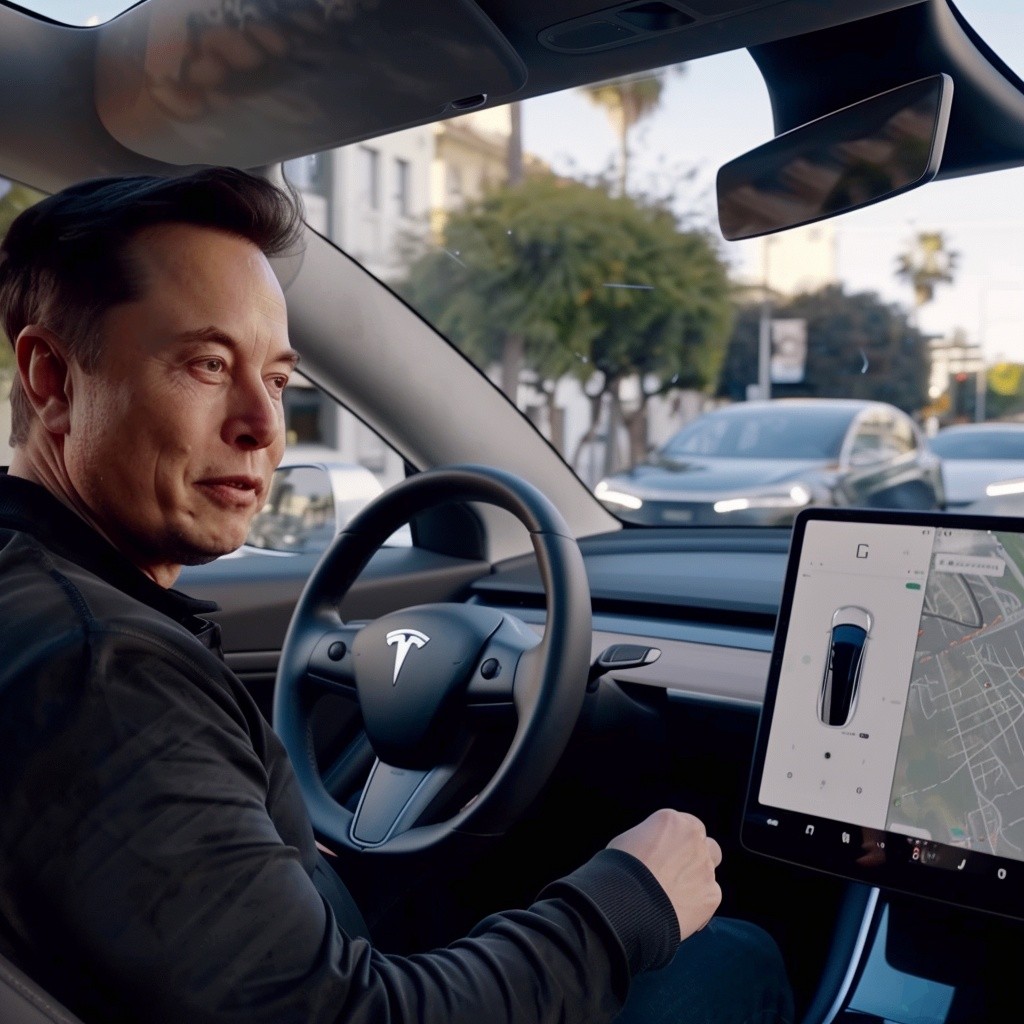
About two-thirds of that is estimated to come from hardware. To operate self-driving cars, Waymo and others rely on an expensive suite of sensors including cameras, radar and lidar, which uses lasers to create a 3D image of the car’s surroundings, as well as on-board computing power to understand the environment.
Human drivers currently account for more than half of the fares for ride-hailing services like Uber and Lyft, which is clearly a huge opportunity for self-driving taxis.
The reality, however, is that Waymo has so far had to use remote “safety drivers” to monitor its vehicles.
In addition, the company also needs to build a large number of necessary facilities near city centers to charge, clean and maintain the robot taxis.
According to experts from Bernstein, after considering all costs, self-driving taxi fares will remain higher than human-driven fares for a while longer.

Additionally, Bernstein estimates that replacing the Uber and Lyft fleets in the US with robotaxis would require as many as 400,000 vehicles. At the current cost of a Waymo vehicle, that would be equivalent to a $60 billion investment .
To address the cost issue, Tesla is betting that it can create a cheaper option. Tesla’s “full self-driving” system will be the core technology for its autonomous taxi fleet, relying solely on cameras to gather information.
Data from these cameras will then be fed into an “end-to-end neural network,” a term for a black box algorithm trained on 9 billion miles of driving data from the 6 million Teslas already on the road, which will generate driving commands.
With this approach, Tesla says its fleet of robot taxis will cost less than $30,000 and easily move from city to city.


An exciting experience behind the scenes of a self-driving car. Photo: New York Times.
Even if Tesla can get the technology to work, however, it still needs to convince regulators of its approach.
That’s because the brand’s neural networks will be much less transparent than the modular systems Waymo and other companies are using.
Additionally, it is difficult for regulators to believe that relying on cameras alone will be sufficient to address rare and unusual “exceptional cases.”
In 2022, Cruise had to recall all its vehicles after one of its vehicles caused an accident due to a left turn error that injured two people in San Francisco.
Mr Musk believes his approach will be accepted by regulators if he can prove that self-driving cars are safer than human drivers, but any mishap could derail that dream.
In his presentation, the billionaire speculated that “an Uber or Lyft driver” could eventually run a fleet of self-driving taxis. Such wishful thinking is why JPMorgan Chase has been less than enthusiastic about Tesla’s efforts to build autonomous taxis “generating significant revenue over the next several years.”
